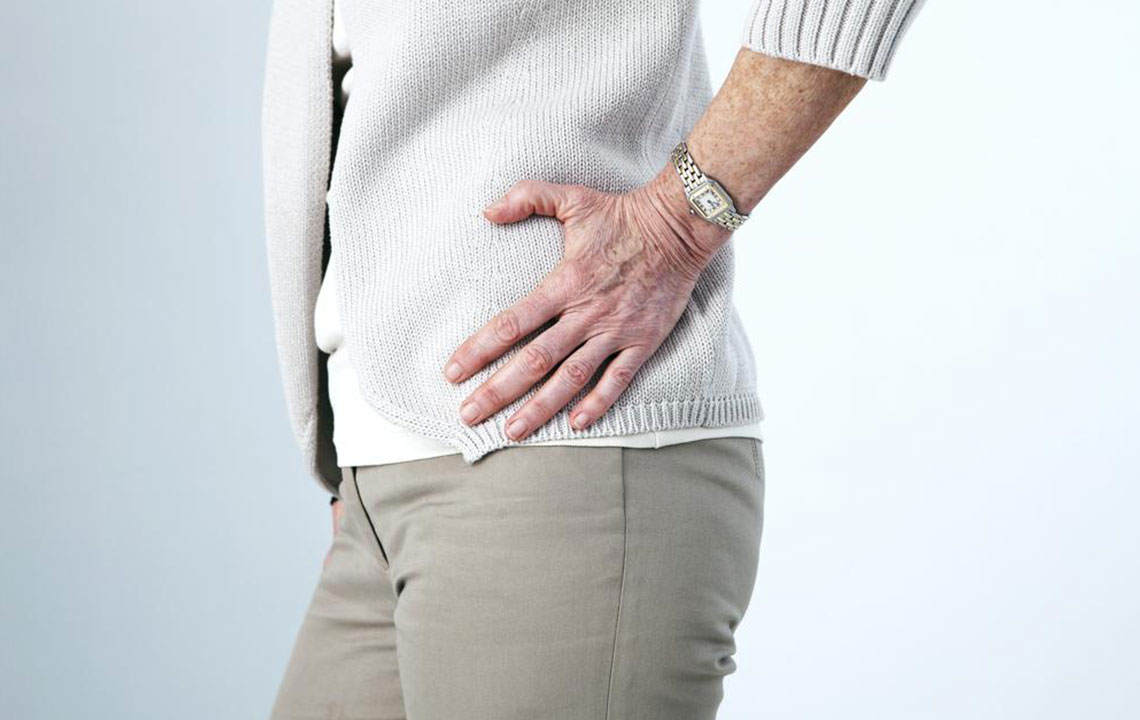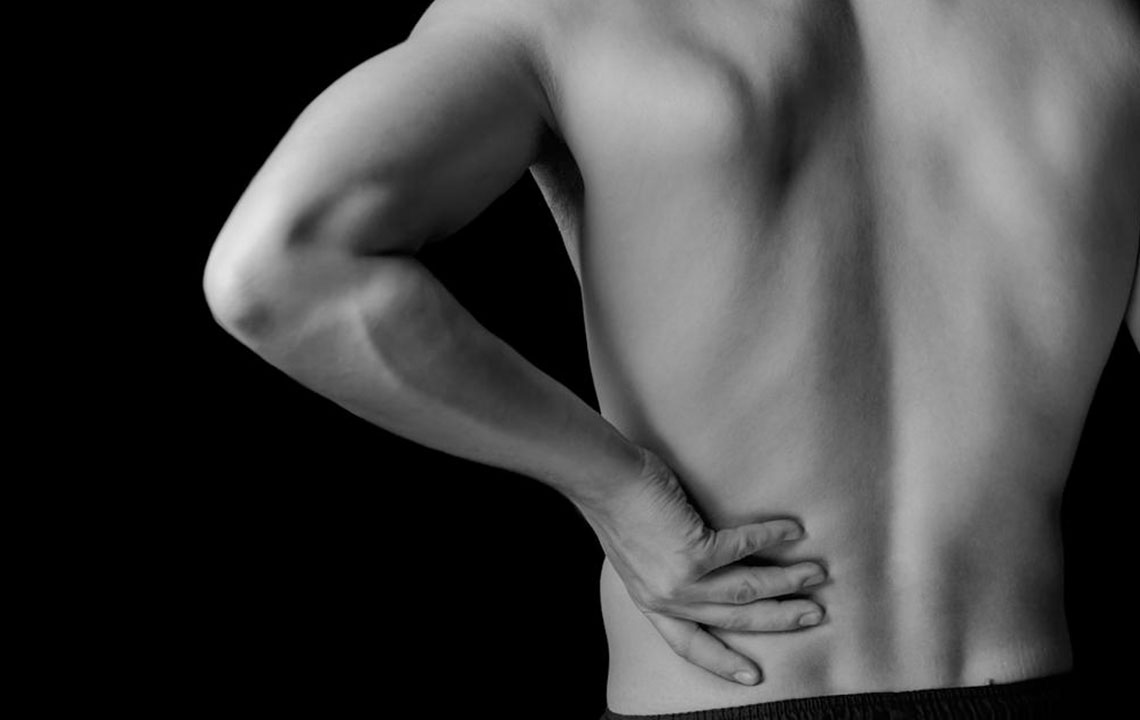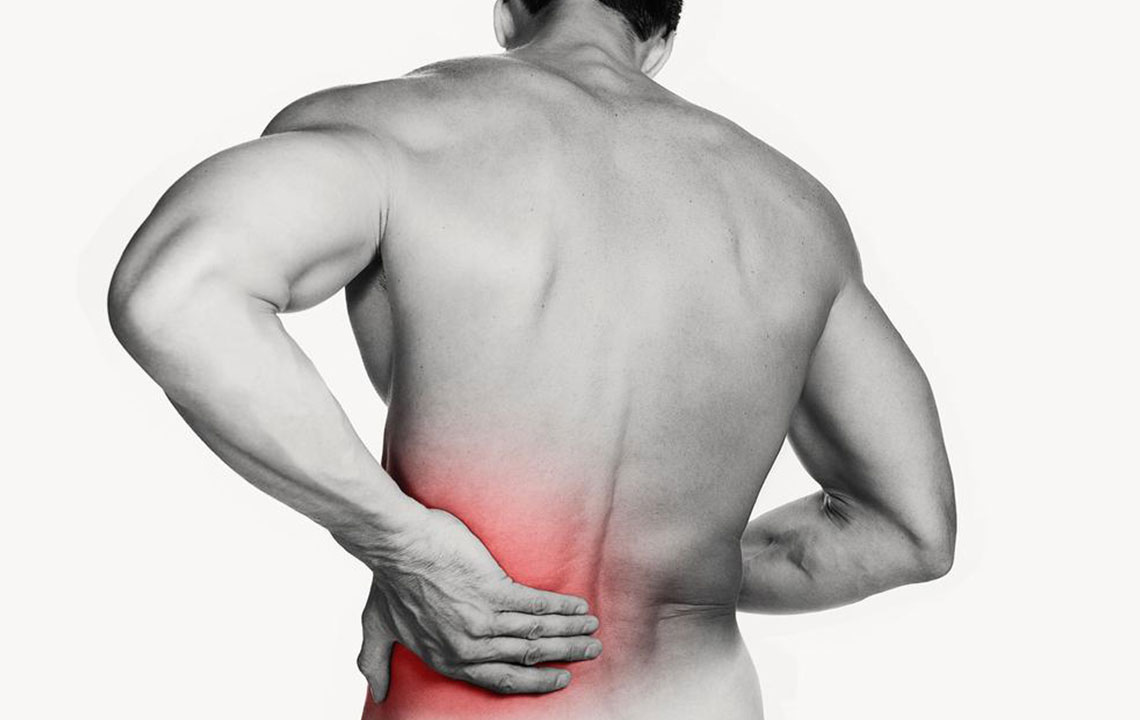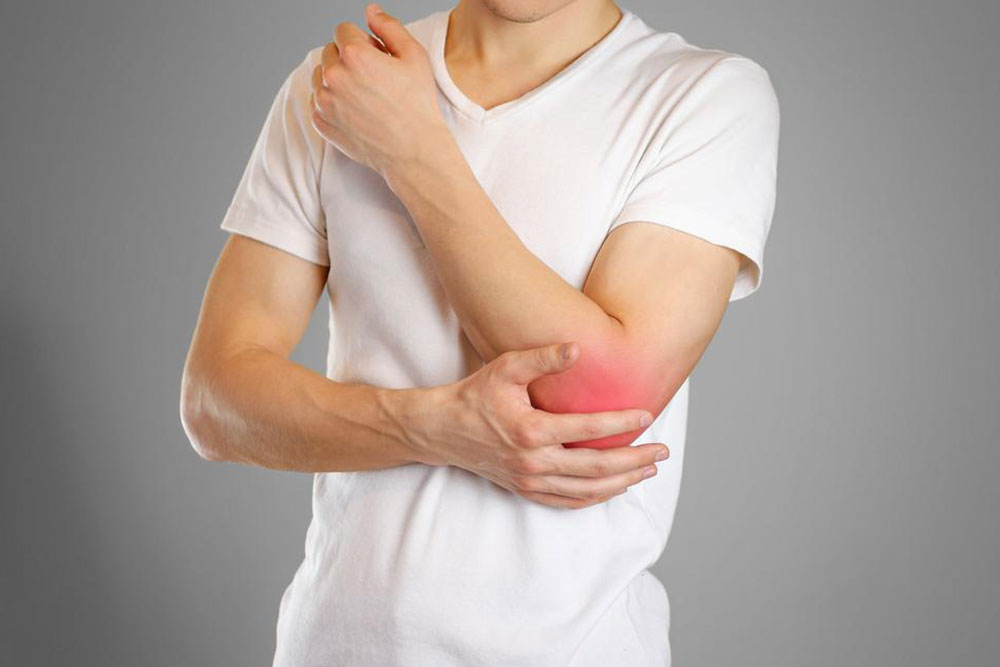Understanding Hip Bursitis: Causes, Symptoms, and Treatment Options
Explore the causes, risk factors, symptoms, and treatment options for hip bursitis. Learn how inflammation of the bursae affects the hip joint, signs to watch for, and effective treatment strategies including medication, physical therapy, and surgery if necessary. Understand how to manage hip bursitis and when to seek medical attention for relief and recovery.
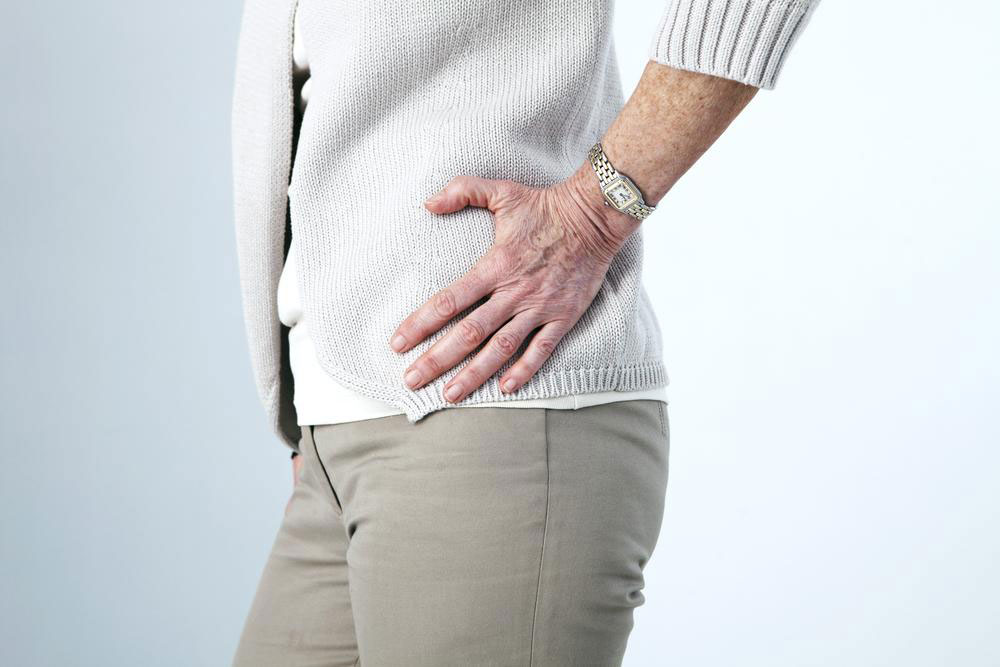
Understanding Hip Bursitis: Causes, Symptoms, and Treatment Options
The hip joint is among the body's most robust joints, facilitating walking, standing, and absorbing impact during activities like jumping. Despite its strength, it’s susceptible to wear and inflammation. Hip bursitis, characterized by inflammation of the bursae in the hip, is a common source of soreness. Often, relief can be achieved without medication.
What is hip bursitis?
Bursae are small fluid-filled sacs that reduce friction between tissues as they move. Major bursae are found at large joints such as hips, shoulders, elbows, and knees.
Two bursae exist in the hip: the trochanteric bursa on the outer side, and the iliopsoas bursa on the inner side. Inflammation of these sacs, known as bursitis, is typically non-infectious but can become infected.
Main causes of hip bursitis
Understanding what triggers this condition helps in managing it effectively. Common causes include:
Trauma to the hip
Falls or impacts on the hip can cause blood to accumulate in the bursa, leading to inflammation of its lining. This is often referred to as traumatic bursitis, with blood gradually reabsorbed over time while the lining remains inflamed.
Repeated minor injuries
Frequent minor trauma, such as from running or cycling, can cause bursitis—sometimes called mini-traumas—that irritate the bursa repeatedly.
Gout and rheumatoid arthritis
Both conditions can provoke bursitis; rheumatoid arthritis affects the bursa's lining, and gout leads to urate crystal accumulation, both causing inflammation.
Risk factors for developing hip bursitis
Several factors increase susceptibility:
Gender
Women tend to have a higher risk compared to men.
Age
Individuals aged between 40 and 70 are most affected, but it can occur at any age.
Biomechanical problems
Issues such as knee osteoarthritis, scoliosis, or leg length discrepancies can alter gait and increase bursa irritation. Bone spurs and calcium deposits can also contribute to bursitis.
Previous hip surgery
Any past procedures on the hip raise the risk.
Immune system conditions
Infections like HIV, lupus, or chronic diseases that weaken immunity can heighten risk.
Signs, diagnosis, and treatment of hip bursitis
Pain is the primary symptom prompting individuals to seek care. Doctors evaluate medical history, perform physical exams, and may recommend tests such as X-rays, MRI, or physical challenges like standing on one leg to diagnose bursitis and exclude other causes.
Managing hip bursitis
Rest often alleviates symptoms, especially if caused by overuse or trauma. In infected cases, antibiotics are prescribed. Applying ice can reduce inflammation and pain. When necessary, treatments include:
Aspiration
Using a needle to drain fluid from the bursa to relieve swelling.
Corticosteroid injections
Injected after aspiration or if other therapies fail, to lessen inflammation.
Physical therapy
Strengthening and stretching exercises improve muscle support and prevent future issues.
Antibiotics
For septic bursitis, oral or intravenous antibiotics are used based on infection severity.
Surgical options
In rare cases, procedures like bursectomy, tendon repair, or bone shaving (osteotomy) may be performed.

